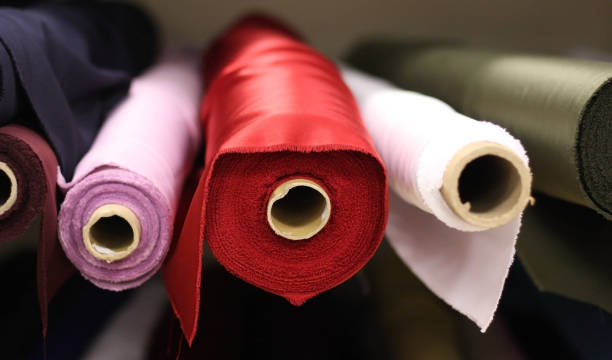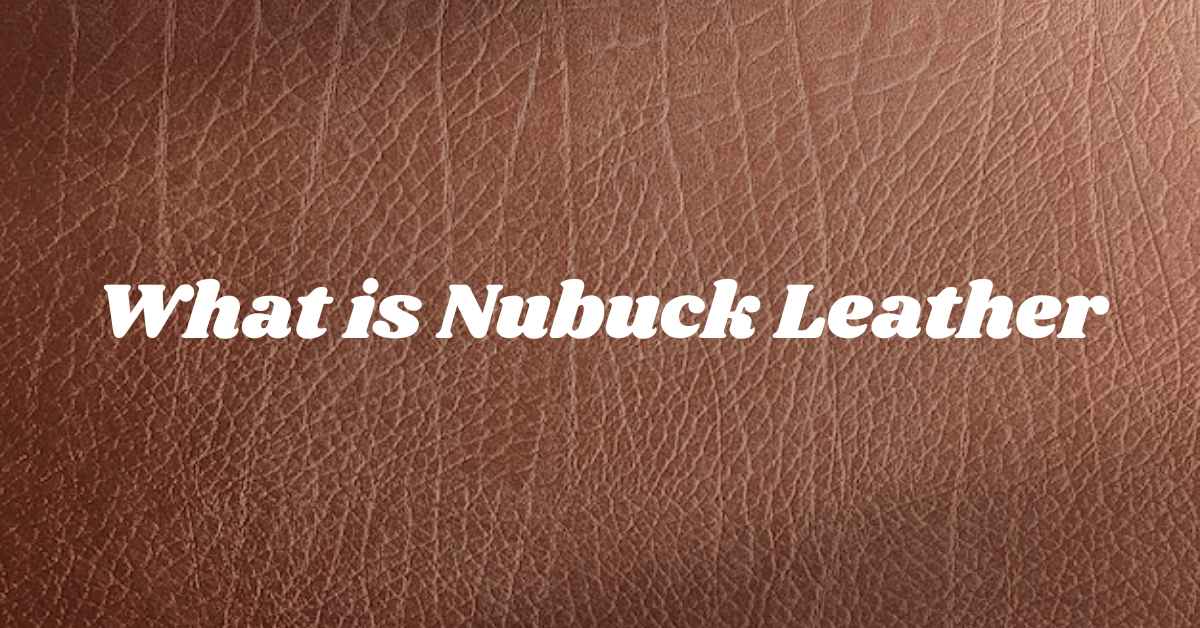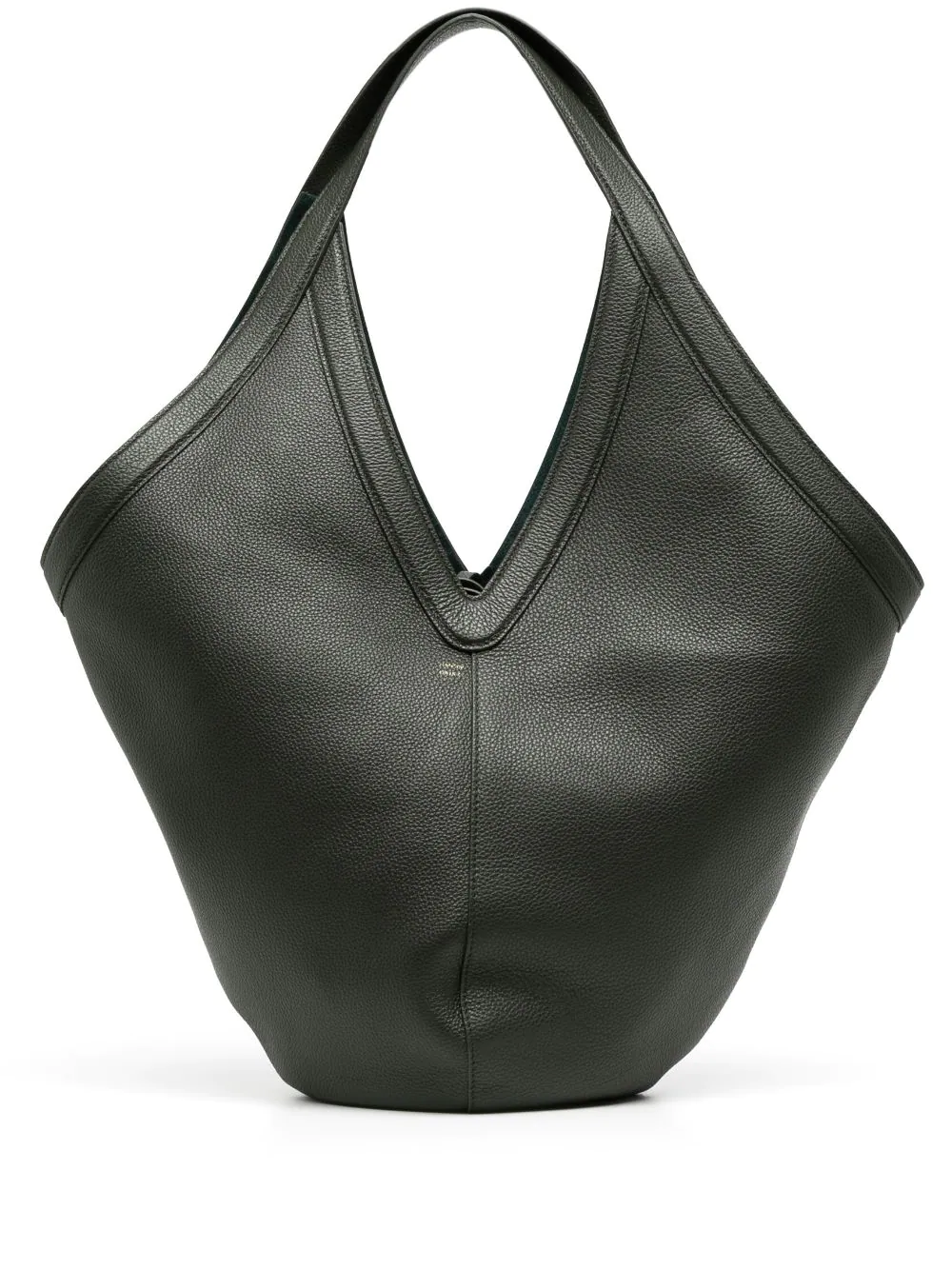Essential leather testing ensures product durability and safety. Key methods for quality assurance include tensile strength, tear resistance, colorfastness, flexing endurance, and water repellency analysis.
Understanding the science behind a durable leather product illuminates the value of true craftsmanship. The journey from a raw hide to a finished good involves rigorous quality control checkpoints. These assessments are not just about meeting standards; they are about guaranteeing that a product will perform beautifully and reliably for years to come. This deep dive into material science separates premium leather goods from the rest.
Table of Contents
- 1. Understanding Tensile Strength: The Ultimate Durability Test
- 2. How Tear Resistance Prevents Rips and Damage
- 3. Assessing Colorfastness: Why the Crockmeter Test Matters
- 4. What is Flexing Endurance? Testing for Cracks and Creases
- 5. Evaluating Water Resistance and Repellency
- 6. The Finish Adhesion Test: Ensuring a Lasting Surface
- 7. Chemical Analysis: Verifying Leather Safety and Composition
- Why Rigorous Testing Defines Premium Leather Goods
1. Understanding Tensile Strength: The Ultimate Durability Test
Tensile strength is one of the most fundamental indicators of leather’s durability. It measures the maximum force a strip of leather can withstand before it breaks under tension. This test is critical for any part of a leather product that will be subject to pulling or stretching, such as the straps on a bag, the holes in a belt, or the seams of a wallet.
The process involves cutting a standardized, dumbbell-shaped piece of leather and clamping it into a machine called a tensometer. The machine then pulls the sample from both ends at a constant speed until it ruptures. The force required to break the sample is recorded, providing a clear metric of its strength. High tensile strength signifies that the leather’s fiber structure is dense and intact, a hallmark of high-quality hides that have been properly tanned. For consumers, this translates directly to a product that can handle the stresses of daily use without failing.
2. How Tear Resistance Prevents Rips and Damage
While tensile strength measures the force to pull leather apart, tear resistance, or tear strength, measures its ability to resist the propagation of a cut or nick. Imagine a small puncture in your leather bag; tear resistance determines whether that tiny hole will easily rip into a large gash. This is a practical test of real-world resilience against accidental damage.
There are several methods for this test, but they generally involve making a small, precise incision in a leather sample. The sample is then pulled apart in a way that forces the tear to grow from that incision. The amount of force required to continue the tear is measured. Leather with high tear resistance, particularly full-grain leather, has a tightly interwoven collagen fiber network that makes it difficult for a tear to spread. This is a crucial attribute for long-lasting items that face regular friction and potential snags.
3. Assessing Colorfastness: Why the Crockmeter Test Matters
Colorfastness is the measure of a leather dye’s resistance to rubbing off or transferring to other surfaces. Poor colorfastness can lead to dye bleeding onto clothing, a significant quality issue. The standard industry assessment for this is the crocking test, performed with a device called a crockmeter.
What is the Crockmeter Test?
In this procedure, a standardized white cloth (either dry or wet) is rubbed against the surface of the leather for a set number of cycles with a specified amount of pressure. After the rubbing is complete, the white cloth is examined for any color transfer. The amount of color transferred is then rated against a standardized grayscale. A high rating means minimal to no color transfer, indicating that the dye is properly bonded to the leather.
Why This Test is Essential
This test is vital for any dyed leather product, from a dark blue handbag to a rich brown belt. It ensures that the color will remain on the product and not on your light-colored trousers or shirt. It reflects a superior dyeing and finishing process, where pigments are deeply penetrated and sealed into the hide rather than simply sitting on the surface.
4. What is Flexing Endurance? Testing for Cracks and Creases
Leather is a flexible material, but not all leather flexes equally well over time. The flexing endurance test simulates the repeated bending, creasing, and folding that a leather product endures throughout its life. This is especially important for items like wallets that are constantly opened and closed, or the parts of a bag that naturally fold and crease with movement.
The most common machine used for this is the Bally flexometer. A sample of the leather is folded and clamped into the machine, which then repeatedly flexes it—often for tens of thousands or even hundreds of thousands of cycles. Technicians periodically inspect the sample for any signs of damage, such as cracking, flaking of the finish, or color loss in the crease. Leather that passes this strenuous test without showing signs of wear proves its ability to age gracefully without developing unsightly cracks.
5. Evaluating Water Resistance and Repellency
While leather is not inherently waterproof, its ability to resist water penetration is a key performance attribute. Testing for water resistance helps determine how a product will fare when exposed to rain or accidental spills. This can involve several different methods, from simple spot tests to more advanced dynamic assessments.
- Water Spotting Test: This simple test involves placing a drop of water on the leather surface for a specified time. The assessor then checks if the water has been absorbed, if it has caused any swelling, or if it has left a permanent stain after drying.
- Dynamic Water Resistance: For more performance-oriented leathers, a Maeser water penetration tester may be used. This machine repeatedly flexes the leather while it is submerged in water, simulating the effect of walking in wet conditions. The test measures how many flexes it takes for water to penetrate the material.
A high degree of water resistance indicates a dense fiber structure and an effective finishing treatment. It means the leather is less likely to stain or become stiff after getting wet, protecting both the material and its contents.
6. The Finish Adhesion Test: Ensuring a Lasting Surface
The finish on a piece of leather is the protective topcoat that provides color, sheen, and resistance to stains and abrasion. The finish adhesion test measures how well this coating is bonded to the leather’s surface. If the adhesion is poor, the finish can peel, flake, or crack, ruining the product’s appearance and exposing the raw leather underneath to damage.
To test this, an adhesive tape is firmly pressed onto the finished surface and then rapidly pulled off. In some versions of the test, a small cross-hatch cut is made in the finish before the tape is applied to increase the stress on the bond. After the tape is removed, the surface is inspected. A quality finish will show no signs of being lifted by the tape. This confirms that the finishing process was done correctly, resulting in a durable and protective surface that will not delaminate with use.
7. Chemical Analysis: Verifying Leather Safety and Composition
Beyond physical performance, ensuring leather is safe and chemically stable is paramount. Chemical analysis verifies that the leather is free from harmful substances and meets regulatory standards. This is a critical step for consumer safety and environmental responsibility.
Key chemical tests include:
- pH Value: The pH of leather should be in a specific range (typically 3.2-5.5) to be stable and non-irritating to human skin. An incorrect pH can lead to leather degradation over time.
- Harmful Substance Screening: This tests for restricted substances like Chromium VI (a known carcinogen that can form during improper tanning), formaldehyde, and certain azo dyes. Reputable manufacturers ensure their products are well below the legal safe limits for these chemicals.
- Fat Content Analysis: The amount of fat and oil within the leather (known as fatliquor) affects its softness, flexibility, and overall feel. This test ensures the balance is correct for the intended application.
These chemical verifications provide peace of mind, confirming that the leather is not only durable but also safe to be worn and handled daily.
Why Rigorous Testing Defines Premium Leather Goods
The difference between an ordinary leather product and an exceptional one lies in an unwavering commitment to quality at every stage. The seven testing methods detailed here are not just industry jargon; they are the scientific assurance behind a product that performs as beautifully as it looks. Each test—from measuring the raw strength of the hide to ensuring the color will not bleed—is a promise of longevity, resilience, and reliability.
At Beldtura, this dedication to quality is woven into the very fabric of our work. We source only premium full-grain hides and believe in craftsmanship that stands the test of time. That is why understanding these quality assurance processes is so important. They are the unseen steps that transform a piece of leather into a trusted companion, like one of our durable leather belts or handcrafted leather bags, ready for a lifetime of use. When you choose a product backed by such rigorous standards, you are investing in an item built not just for today, but for decades to come.
| Testing Method | What It Measures | Why It’s Important for a Consumer Product |
|---|---|---|
| Tensile Strength | Force required to break the leather under tension. | Ensures straps, seams, and load-bearing points won’t snap under stress. |
| Tear Resistance | Ability to resist the growth of a small cut or nick. | Prevents minor damage from becoming a major, product-ruining tear. |
| Colorfastness (Crocking) | Resistance of the dye to rubbing off. | Guarantees the color won’t transfer onto your clothing or other items. |
| Flexing Endurance | Resistance to cracking after repeated bending. | Prevents the finish from cracking on high-movement areas like wallet folds. |
| Water Resistance | Ability to repel or resist water penetration. | Protects the leather from water stains and damage from rain or spills. |
| Finish Adhesion | How well the protective topcoat is bonded to the leather. | Ensures the surface won’t peel, flake, or chip away with use. |
| Chemical Analysis | Verifies pH balance and absence of harmful substances. | Confirms the product is safe for skin contact and environmentally compliant. |



